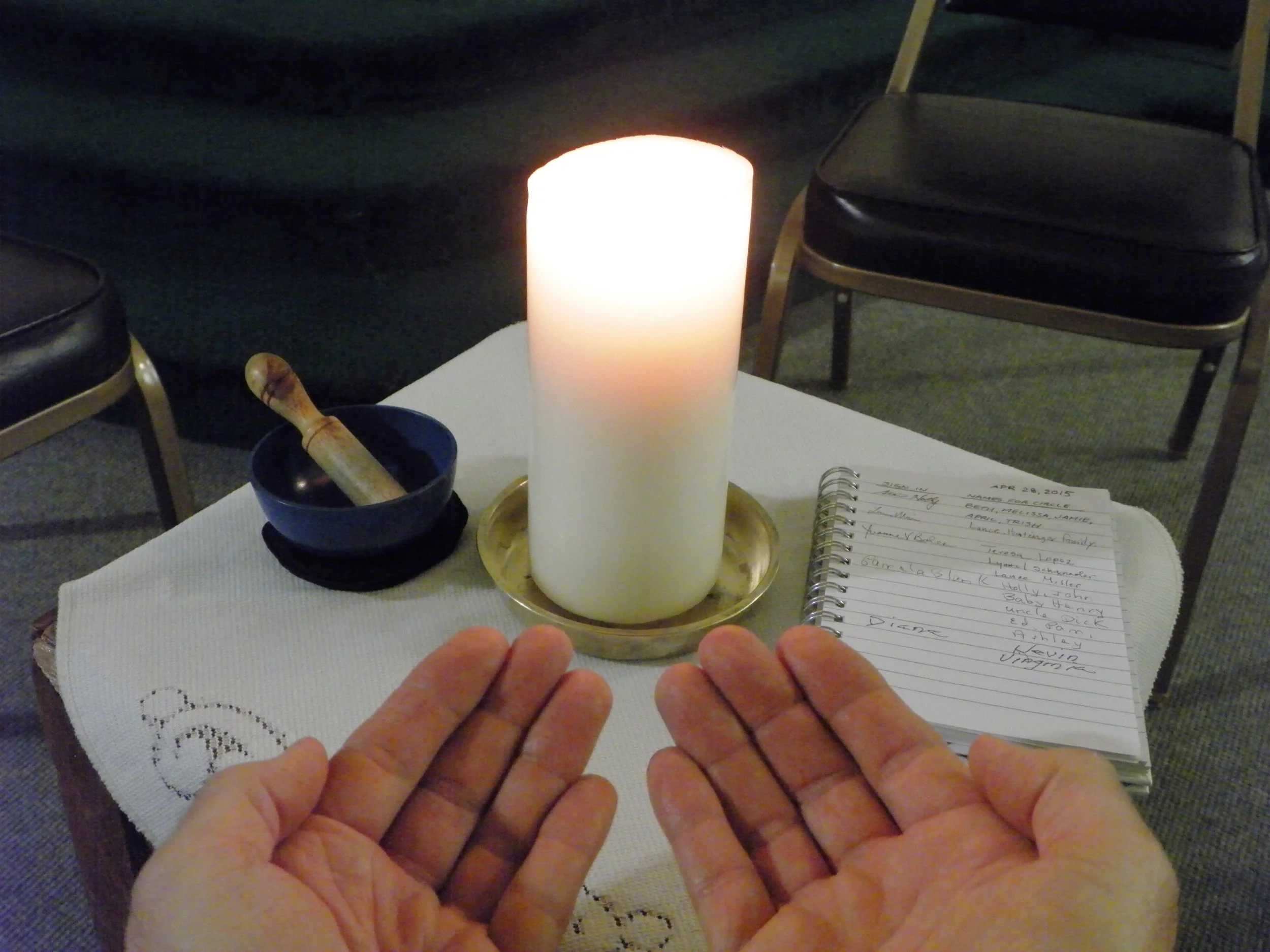Historical Ramblings: Francis Marion Smith (1846-1931)
/Chances are that you have never heard of Francis Marion Smith. It’s more likely that you are familiar with the names of Jack London, Robert Luis Stevenson, Domingo Ghibelline, Charles Crocker, Joaquin Miller and Anthony Chabot. All are East Bay pioneers that once called Oakland home.
Smith was known as “Borax Smith”, the highly successful founder and owner of the company that produced 20-Mule-Team Borax, the household cleaner made famous as the sponsor of the popular Death Valley Days TV show. As a young man seeking mineral wealth, Smith discovered a high-grade deposit of borate in the Great Basin Desert in 1872 and with his brother staked claims and established a primitive borax processing facility.
Within five years, Smith was regularly shipping thirty-ton loads of the cleaned and concentrated borax crystals in large wagons, pulled by the now famous 20-mule teams, to the nearest Central Pacific Railroad siding one hundred and sixty miles away. Over time financial success allowed Smith, the “Borax King” to buy out his brother, purchase additional productive properties in the region, and replace the slow and cumbersome mule shipments with his own railroads.
In 1893 he commissioned the construction of the Pacific Coast Borax Company refinery in Alameda, CA, the first reinforced concrete building in the country, to process the mineral into household and commercial products under the 20 Mule Team brand. With the surge of income from his Borax business Smith formed a partnership with Frank Havens developing projects including extensive Key System lines, an urban and suburban commuter train, ferry and streetcar system serving the East Bay.
Smith and his wife Mary moved from the Nevada desert to Oakland in 1881 where he managed operations of his expanding business empire from their large estate, Arbor Villa. Located near MacArthur and Park Blvd. on thirty-five manicured acres, their three-story extravagant Oak Hall mansion contained forty-two rooms including fifteen bedrooms, a ballroom, bowling alley and attached conservatory. The grounds featured tennis and croquet courts, stables, a small zoo with deer and rabbits, greenhouses, a variety of guest houses, and a signature five story water tower and observation deck with views of the Bay and San Francisco. The Smiths were active in Oakland’s charitable and community events often making Arbor Villa available for fundraising activities, as well as supporting his first wife’s desire to provide homelike accommodations for orphaned girls by financing, constructing, and operating thirteen residential homes.
After suffering a major stroke at the age of 82, Smith and his wife moved from their mansion to a smaller residence near Lake Merritt. He began selling off parcels of Arbor Villa, however the stock market crash of 1929 eliminated potential buyers and following his death in 1931 at the age of 85, his prized mansion was demolished. Francis Marion Smith, miner, business man, railroad builder and “Borax King”, buried along “Millionaires Row” in Mountain View Cemetery, is not well known in Oakland but has a 5,915-foot peak in the Amargosa Range of Death Valley named Smith Mountain in his honor.














